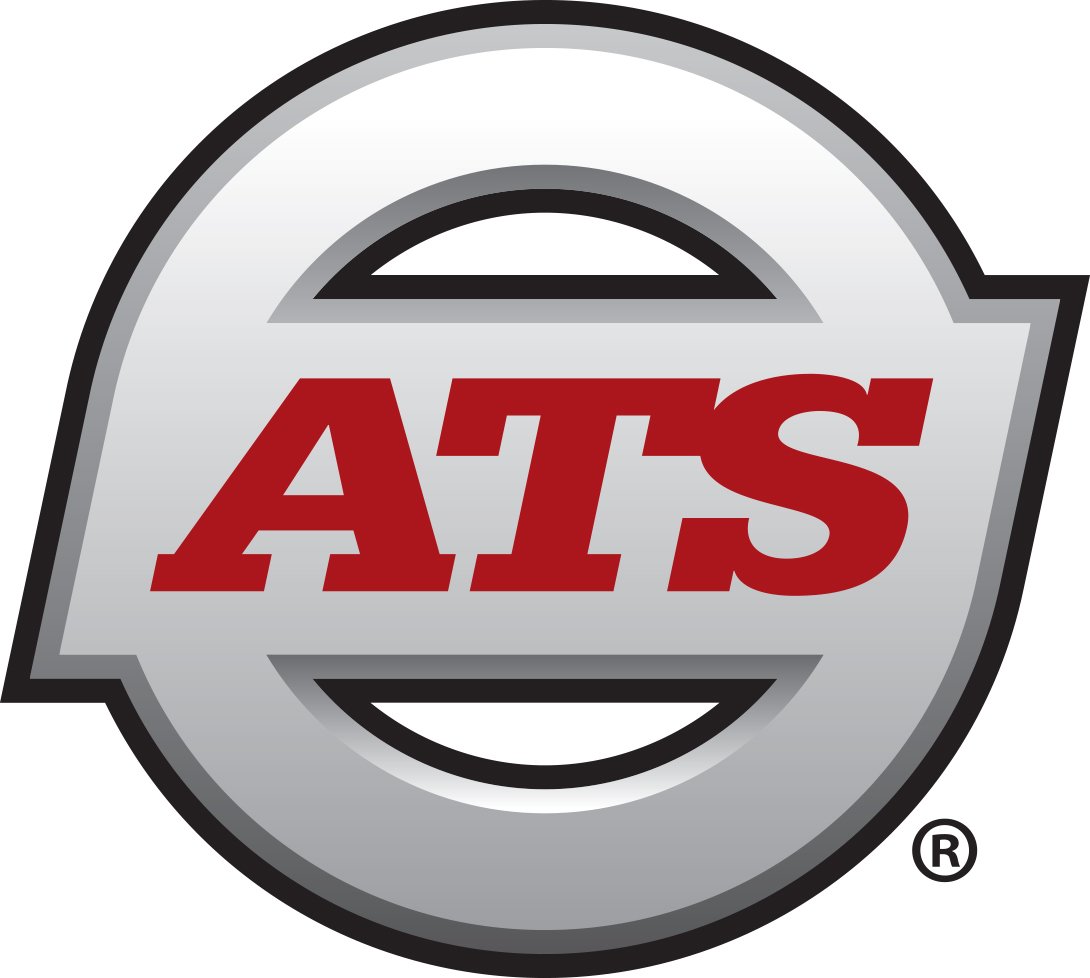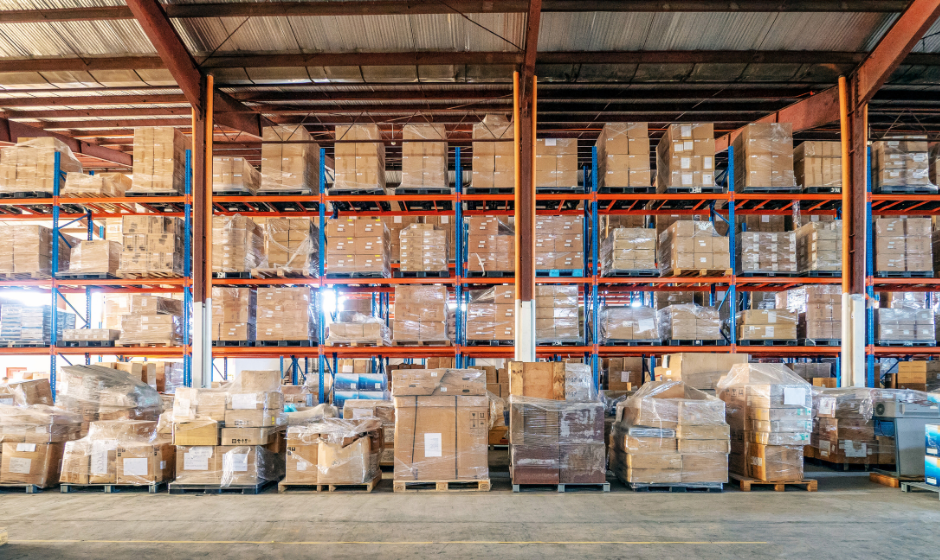
- What a warehousing quote includes
- What shippers should prepare before requesting a warehousing quote
- Common warehousing value-add services
- How to vet warehousing partners
- How shippers can streamline their warehousing RFQ process
It’s a transportation tale as old as time: You know your freight needs a dry, secure place to hang out before it heads to its ultimate destination, but you’re at a bit of a loss when it comes to sending out requests for quotation (RFQs) for your warehouse project.
The thing is, while this project is yours to own, you’re a little fuzzy on the details. And while you might know that before requesting a warehousing quote, shippers should gather as much information about the shipment(s) as possible, you’re feeling overwhelmed by the prospect.
That’s totally normal, believe us.
No, seriously, believe us: Anderson Trucking Service (ATS) regularly helps hundreds of customers arrange third-party warehousing solutions.
Our experience has shown us that customers — especially those who are not involved in preparing freight for shipment— can understandably struggle to answer the many questions warehousing providers ask before providing a quote.
That’s why we’ve created this shipper’s guide to requesting a warehousing quote. We’ll get into the specifics of which details of your shipment are most valuable to your provider below.
We’ll also talk you through what a standard warehousing quote includes, the most common value-add services, and our expert tips for vetting warehousing partners.
You’ll walk away armed with the knowledge necessary to request accurate quotes and determine the right warehousing partner for your project.
What Does a Warehousing Quote Include?
A standard freight warehousing quote will contain rates for the following services:
- Drayage, either import drayage, the process of picking up cargo at a port or other location and transporting it to its next stop, or export drayage, the process of picking up an empty container or flat rack from a port and loading it for export at a warehouse via van or flatbed.
- Transloading (inbound/outbound handling)
- Storage
- Over-the-road (OTR) transportation
If you’ve requested quotes on additional services, such as repacking or relabeling, kitting, or other special project services up front, those will also appear on your quote.
Related: What is an RFQ? [VIDEO]
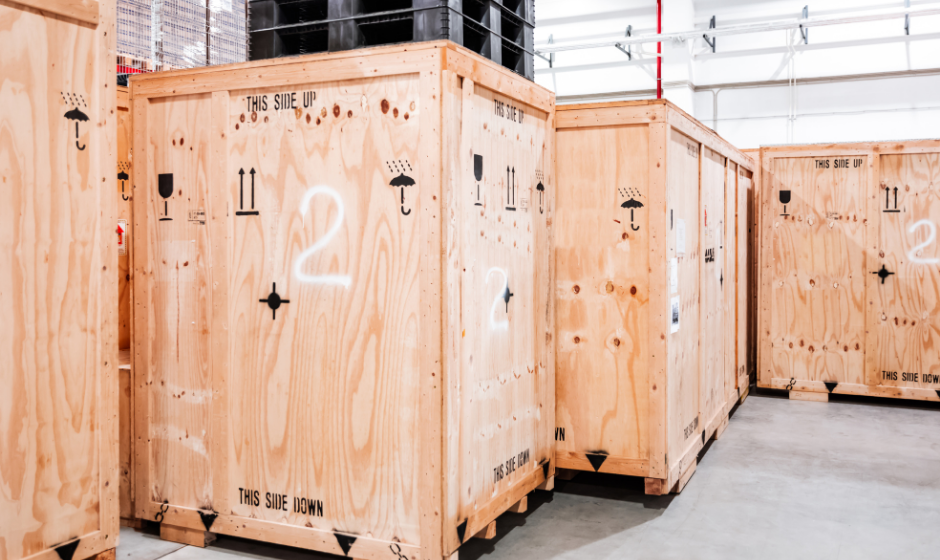
What Should Shippers Prepare Before Requesting a Warehousing Quote?
Shippers should prepare much detailed, accurate information about your freight as possible before reaching out to request a warehousing quote.
The final cost of your warehousing services comes down to four main factors: inbound and outbound volume, floor space, equipment, and man-hours.
As a shipper, you probably don’t know all those details offhand. But you likely do have access to other information like the size and weight of each shipment, any repackaging or re-palletizing needs, maximum stacking height, etc.
Your logistics provider or warehousing partner will use this information to estimate the overall costs for your project based on the above factors.
At minimum, provide the following details:
- The city or cities in which service is needed
- The service(s) needed, i.e. short-term storage, long-term storage, distribution, drayage, transload, transportation, etc.
- A description of the product/commodity, with as much detail as possible (For example: “steel components” would be a poor description — parts of a steel playground structure would be handled much differently than palletized steel coils.)
- How the product/commodity is packaged, i.e. cases, bags, crates, pallets, etc.
- Duration of storage
- Average number of pallets per inbound shipment
- Piece count
- Weight per piece, if applicable
- Inbound and outbound volume
If possible, providers also appreciate knowing any or all of the following details at the time of your request:
- Photos of the freight
- Average height in inches of your pallets
- Average weight in pounds of your pallets
- Number of different items (SKUs) per delivery
- How shipments will be transported to the warehouse (trailer, railcar, flat rack, ocean container)
- Whether the product will be floor loaded or on pallets upon arrival
- Number of suppliers shipping into the warehouse
- How much space will be required at any given time
- Average stack height allowable for your pallets
- Humidity or temperature control requirements, if any
- Additional/special service(s) required, if any
If that sounds like a big ask, we get it. Not every warehousing customer has access to all the information providers want, and providers know that.
Don’t stress out about checking off every item listed above. As a shipper, the best thing you can do is provide all the details you have at your disposal and communicate with your provider about the ones you don’t.
Warehousing providers understand shippers’ situations and will work with them to accommodate these unknowns. However, the more information provided, the more comfortable a provider will be in quoting the best possible price.
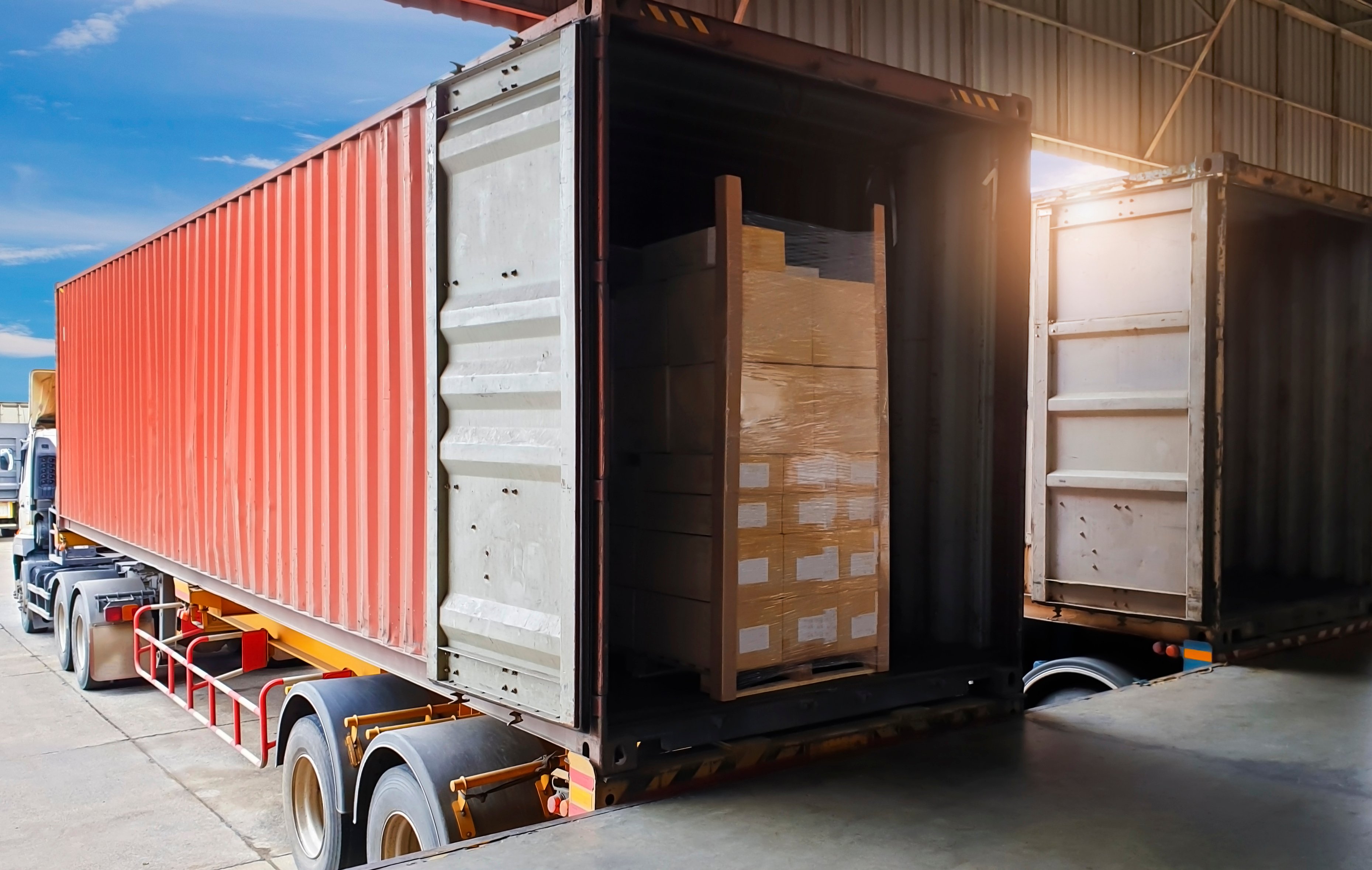
Common Warehousing Value-Add Services
Warehousing value-add services go beyond storage with the aim of enhancing the efficiency and consistency of customers’ supply chains.
There are many value-add services available to warehousing customers — so many, in fact, that shippers may not know what they need until the service is presented to them.
Among the most common value-add warehousing services are:
- Cross-docking, the process of unloading freight from an inbound trailer or railroad car and loading directly into outbound trailers or rail cars with little to no storage in between.
- Inventory management & control, the process of using digital technology to track and manage inventory levels, ensuring accurate order fulfillment and minimizing stockouts or excess inventory.
- Kitting and/or assembly, combining individual items into ready-to-ship kits or assembling products prior to shipment.
- Labeling and/or packaging compliance, which ensures that products are labeled correctly and packaged according to industry standards or destination country requirements.
- Order fulfillment, in which the warehouse handles the entire fulfillment process including picking, packing, and shipping orders directly to the end customer.
- Protective packaging, such as shrink wrap, bubble wrap, foam inserts, edge protectors, corrugated wraps, etc.
- Quality control (QC) and/or inspection of goods to customer or industry specifications prior to shipment.
- Re-packing, the process of repackaging products before they are shipped out or stored.
- Re-palletizing, changing pallet configuration to meet certain requirements or objectives, such as shipping optimization or warehousing efficiency.
- Temperature-controlled storage and handling of goods that require certain conditions, such as frozen or perishable foods, pharmaceuticals, and some chemicals.
- Transportation management, in which transportation services are integrated with warehousing services, including carrier selection, freight consolidation, and route optimization, to reduce shipping costs and improve delivery times.
Each of these services will have associated costs, which will vary depending on your provider and the other details of your shipment, such as commodity type and volume.
Related: A Guide to Cross-Dock Services (Free PDF)
How Shippers Should Vet Warehousing Partners
When vetting potential warehousing partners, it’s important to look beyond capacity and price. Of course, the ideal warehousing provider will have the capacity you need at the price you want, but the quality of your partnership matters, too.
Shippers need warehousing partners who know what they’re doing (and, preferably, have worked with your type of freight many times before) and can be trusted to handle their projects properly.
That's why our expert advice is to vet warehousing partners over the phone — not over email.
Industry knowledge is too easy to fake via email. It’s much harder to fake your way through a live phone call, which is why we recommend calling potential partners. You’re more likely to get an honest impression of their experience and fluency with your type of freight.
Ask prospective partners what projects they’ve handled previously that are similar in scope to your project. Ideally, you're looking for a provider that has:
- Handled your commodity type extensively (or at least has experience with it)
- The necessary equipment
- The capabilities to provide any additional services you’ll require
Unfortunately, a provider that doesn’t have experience with your type of freight may raise prices after the first few shipments once they realize they’re out of their depth.
Every product and packaging type has its own unique requirements, so be sure to get specific with your questions. This will help ensure you end up with a warehousing partner who deeply understands your needs and can provide value through expertise and responsiveness.
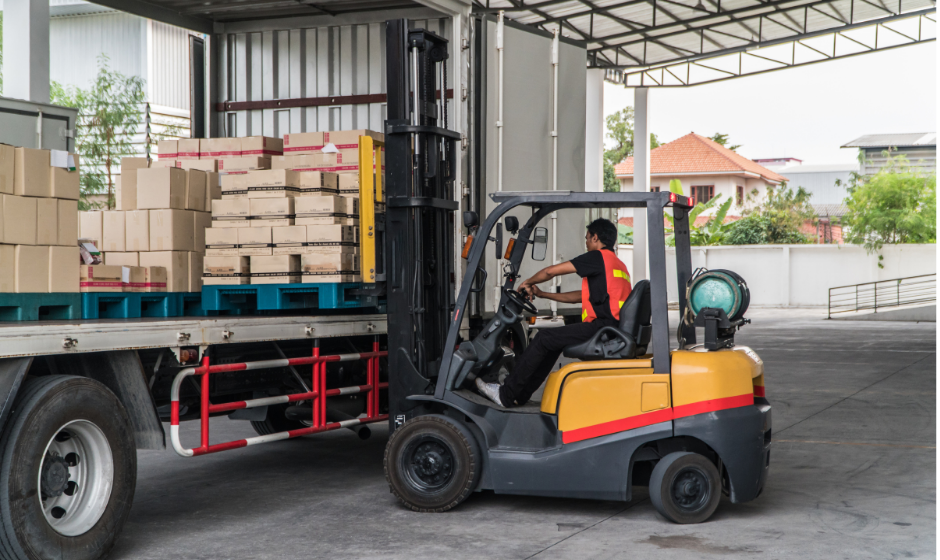
How Shippers Can Streamline Their Warehousing RFQ Process
For a pain-free warehousing quotation process, our top tip is to provide as much information about your needs as possible.
(Are you sick of hearing that yet?)
The good news for shippers is that a quality logistics or warehousing provider will walk you through the quotation process to gather thorough, accurate information in a timely fashion.
If you’ve chosen your provider wisely, they’ll be the ones putting in the work to get all the necessary details from you (and make accommodations for any unknowns).
That’s why our second tip is to be 100% certain you are working with a provider that knows what it’s doing, whatever the scope of your project.
Anyone can lease a warehouse. You want to work with providers that demonstrate deep industry knowledge, experience with your type of freight or project, and an eagerness to deliver value through expertise.
By rigorously vetting any potential providers, shippers can better protect themselves from inexperienced (or downright untrustworthy) vendors and unexpected fees. This also sets shippers up for success and can help streamline their warehousing projects across the board.
Next, get a statement of work and a clearly defined fee schedule up front.
This will help ensure everyone involved understands the services, costs, and timeline of your project, preventing unwelcome surprises later down the road.
Finally, try not to have changes mid-project.
I know, I know — easier said than done.
But the more changes there are to the project scope after it’s begun, the more changes there will be to your final costs and timelines.
It’s better for everyone involved to stick to your statement of work as closely as possible, as it limits the risk of blown budgets and delayed projects.
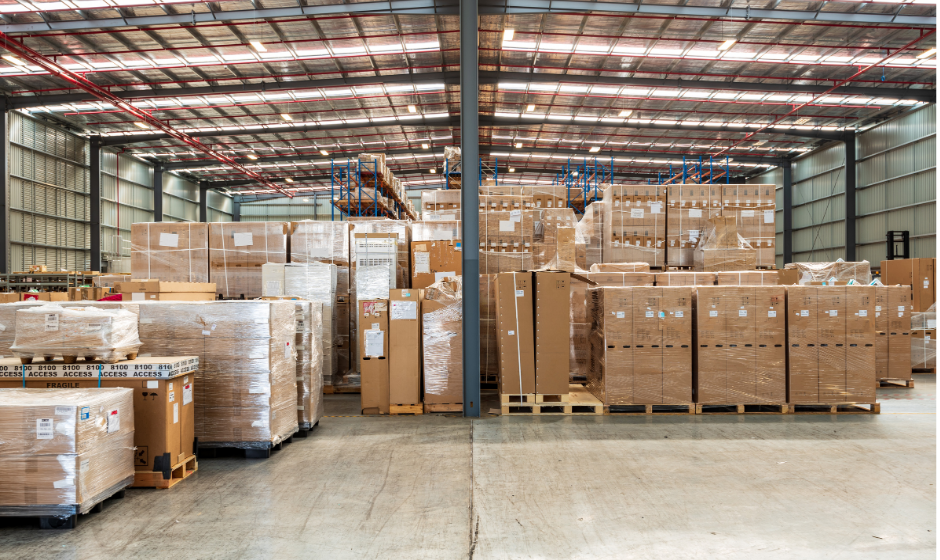
Plan Your Next Warehousing Project
As you look toward your next warehousing project, remember that the more information you can provide about your shipments up front, the better equipped your provider will be to give you the best possible (and most accurate) price.
Beyond coming into the quoting process well-prepared, vetting your provider thoroughly is the next best action you can take to ensure your warehousing project’s success. Talk to all prospective providers over the phone and ask detailed questions to get a realistic idea of their experience with your type of freight.
Now that you know what to prepare before requesting a warehousing quote and how to set yourself up for success for the duration, you’re ready to start the RFQ process.
If you’re responsible for handling the logistics of your upcoming project, check out our free Project Logistics Roadmap.
It’s a useful tool for mapping out exactly what needs to happen before, during, and after your project, from pre-planning to warehouse storage and beyond.
